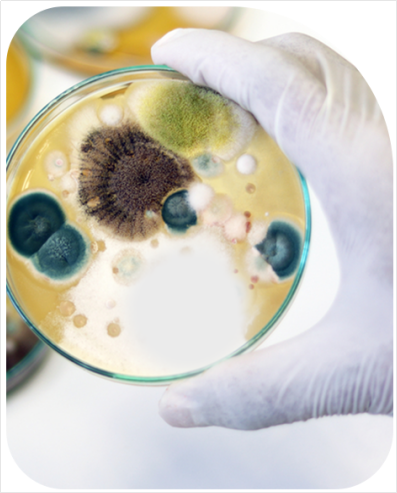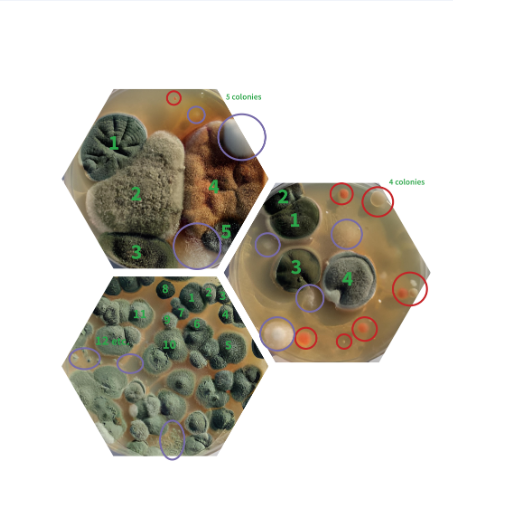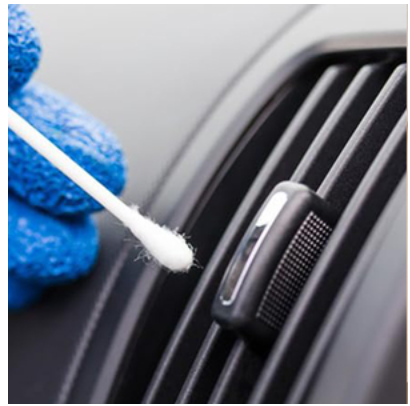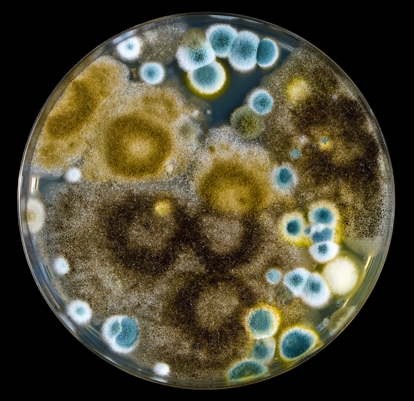Knowledge Base
Mold Test Kit
Knowing the proper way to use a mold test kit is critical to accurately detecting and solving home mold problems. Our complete mold test kits are equipped with air and surface sampling equipment and include mold species identification, providing you with a one-stop testing solution.

Air Sampling and Testing
Air Sampling Test analyzes the level of mold spores in the air, revealing potential mold growth even if it is not visible to the naked eye.
Use the agar petri dish that comes with the test kit. Follow the operating instructions for air sample collection. The petri dish will effectively capture airborne mold spores for subsequent accurate laboratory identification.

Mold Exposure Risk Analysis
The purpose of this session is to assess the level of mold exposure in the environment to assist in determining possible health threats.
The level of mold contamination is determined by comparing air sampling test data with actual observations. If the test shows that the airborne spore concentration exceeds the standard, it indicates that there is a high risk of mold exposure.

Surface Sampling
Surface sampling can effectively detect mold and mildew growth in the home environment, including hidden sources of contamination that are difficult to detect with the naked eye.
Use the special sampling swabs or sampling tape provided in the kit. Follow the instructions to take a standardized sample of the target surface and seal the sample in a special container for analysis.

Mold Species Identification
Accurate identification of mold species in the home environment is essential for assessing health threats and developing effective treatment plans.
Instructions: After the mold colonies are fully grown on the culture medium, refer to the identification chart included in the test kit for comparison and analysis. The illustration contains detailed information of common household molds, including colony morphology, color characteristics, texture and growth characteristics, and other visual reference information.
